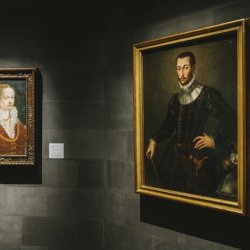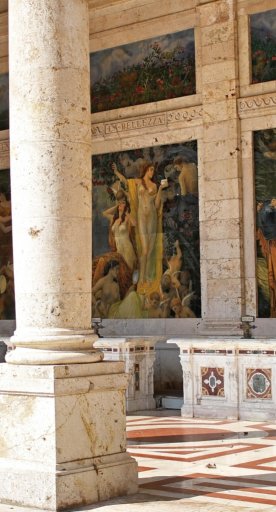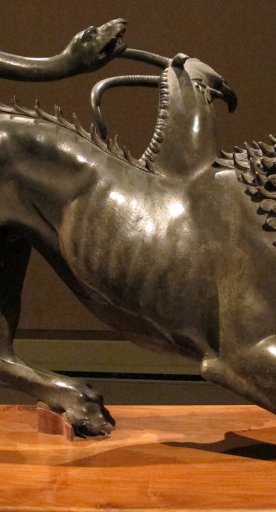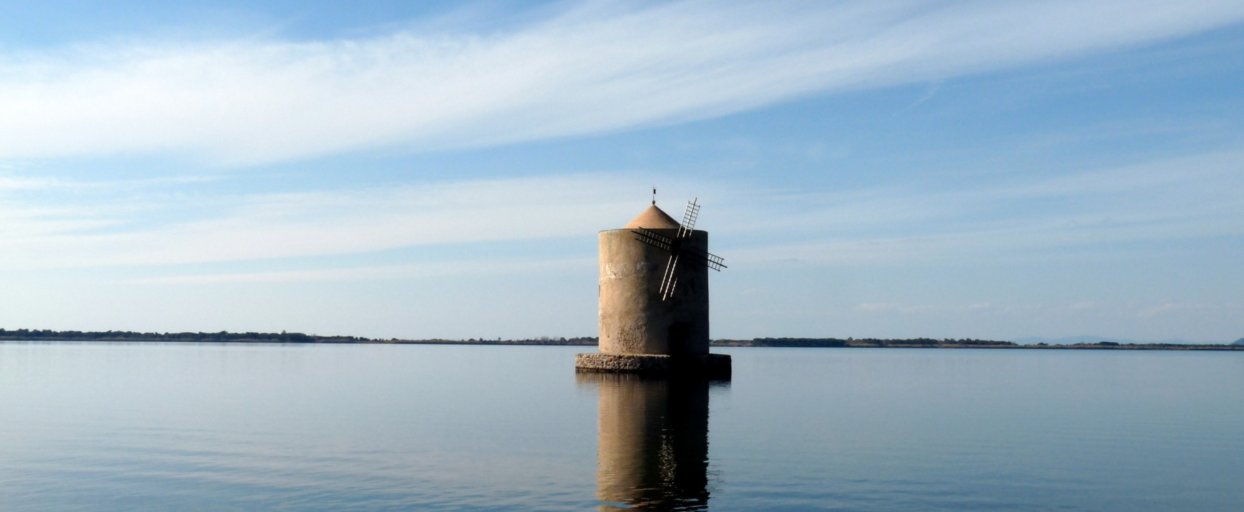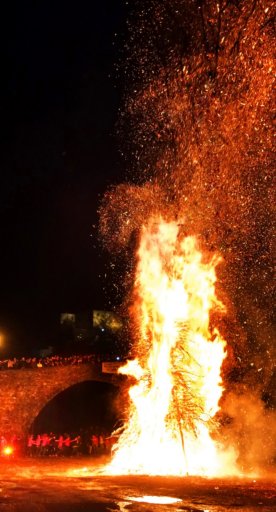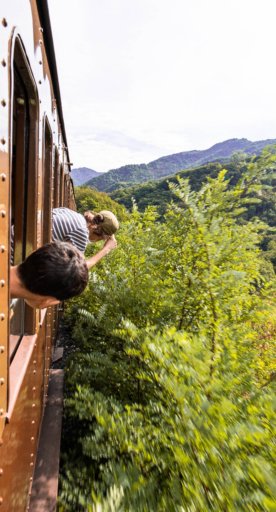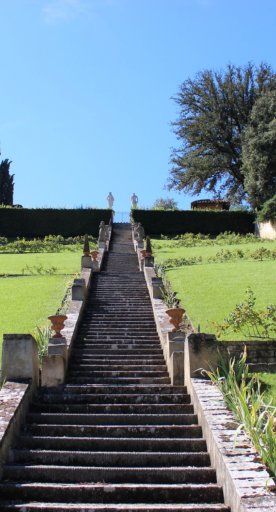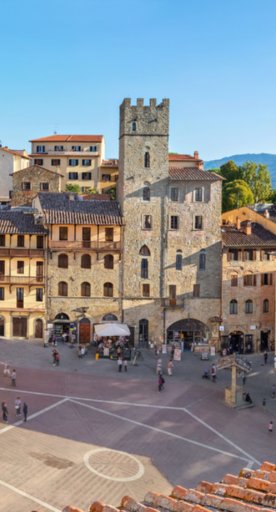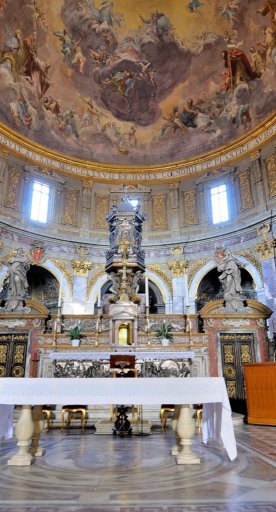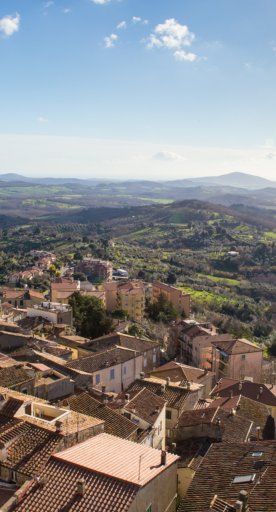

A walk in Lucca in the company of the Bonapartes
7 stages through the streets and squares of Lucca (and also outside the walls) in the footsteps of Elisa and Napoleon Bonaparte. And to conclude, a royal celebration
The Napoleonic principality in Lucca was brief but in a short time it contributed to the overall design of the city, renovating palaces, reorganizing urban spaces into squares and streets, opening new entrances to the center, and planting majestic trees.
A "princely" walk through the Napoleonic sites of Lucca's historic center follows 7 must-see stops.
-
1.The Ducal Palace
-
2.The centuries-old tree
-
3.The botanical garden
-
4.A sin of gluttony
-
5.Regal dress
-
6.Porta Elisa
-
7.The Villa Reale di Marlia
The Ducal Palace

The Ducal Palace stands in what for centuries has been the center of government in the city of Lucca.
In the 14th century Augusta Fortress of Castruccio Castracani, in the 15th Cittadella dei Guinigi, in the 17th Palazzo degli Anziani.
When Elisa Bonaparte in Baciocchi, princess of Lucca and Piombino, arrived in Lucca from France in August 1805, she had the palace remodeled into her residence, adding state rooms and a small theater for musical entertainment. As expected of princes, she had all the buildings across the street torn down to make a large square to dedicate to her brother, Napoleon.
The centuries-old tree

There's a plane tree that has grown ever since that time, located in the garden of Villa Bottini.
The villa from the 1700s is located between the medieval walls and the Renaissance walls and has a large park that's typical of country villas. Among the camellias and rhododendrons, there also grows a large centuries-old tree that according to history, was planted by the princess who loved nature and was an expert in botany.
Plane trees are the most common trees in Lucca, there are about 700 specimens that adorn the gardens and avenues of the Renaissance walls.
The botanical garden
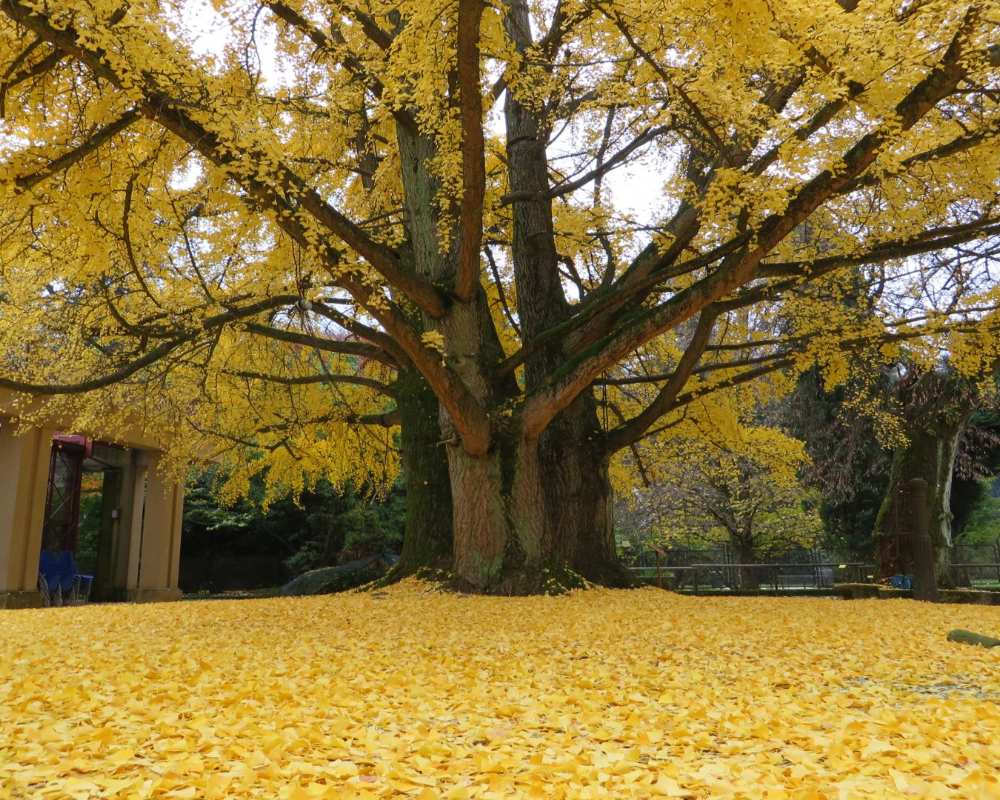
Simply put, the most adored garden in the city.
The Botanical Garden of Lucca, created at the behest of Elisa and developed during the duchy of Maria Luisa di Borbone together with the Royal Villa of Marlia, was the garden from which seeds of ornamental plants arrived from all over the world. The array included cedars, araucarias, sequoias, an infinity of camellias and also cocoa, coffee, tea trees and the native osmunda regalis (florida fern), as well as irises and holm oaks.
In autumn, don't miss the spectacle of the golden foliage of the centuries-old ginko biloba.
A sin of gluttony

Impossible to resist a hint of sweetness.
Princess Elisa, fascinated by new botanical species and haute cuisine, was very fond of chocolate. A chocolate fountain was never missing at the receptions at the Palace. In the small chocolate stores in the historic center of Lucca, you can find sublime souvenirs. For those with a sweet tooth who aren't able to wait to enjoy this deliciousness in the shade of the plane trees, there's an ice cream version on offer when you stroll through the well-known historical and contemporary ice cream parlors, from the vintage Gelateria Veneta and Santini to the contemporary Coltelli, Opera and Piero.
Regal dress
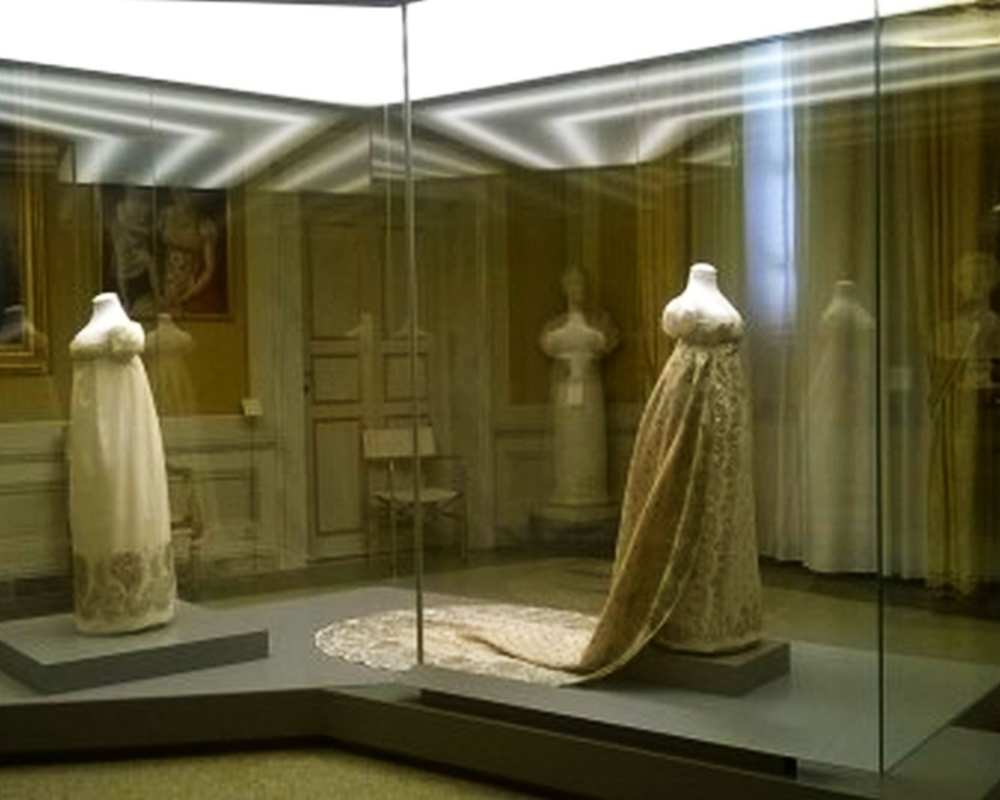
...it stands up with just pins, thanks to the skill of a great seamstress.
Two rare and valuable empirical silk tulle fabrics with silver foil embroidery from Renata Frediani's collection, Moira Brunori created an imperial dress with her unique skill, without using scissors and threads, with pendants and sumptuous cloaks, exhibited at the Palazzo Mansi National Museum. It was undoubtedly not easy given that the ceremonial dress of the French Empire dictated very precise rules on the shapes of clothes, for both the Emperor and the entire court.
Porta Elisa

A gateway that's an arch of triumph. Porta Elisa was opened in the Renaissance walls of Lucca and, according to the plans, it should have given access to a long avenue that would have led straight to a large portico around Piazza Napoleone. The project, however, was not completed. The only remaining monments are the gateway, the palaces that adorn the crescent-shape (the gardens can be visited in May on the occasion of Historic Houses Day) and the long portico that flanks Via Elisa that's dedicated to the princess.
Suggestively, Porta Elisa opens in the direction of Florence, a much-loved destination for the princess, but also an invitation for the city to step out of the past and meet modernity.
The Villa Reale di Marlia
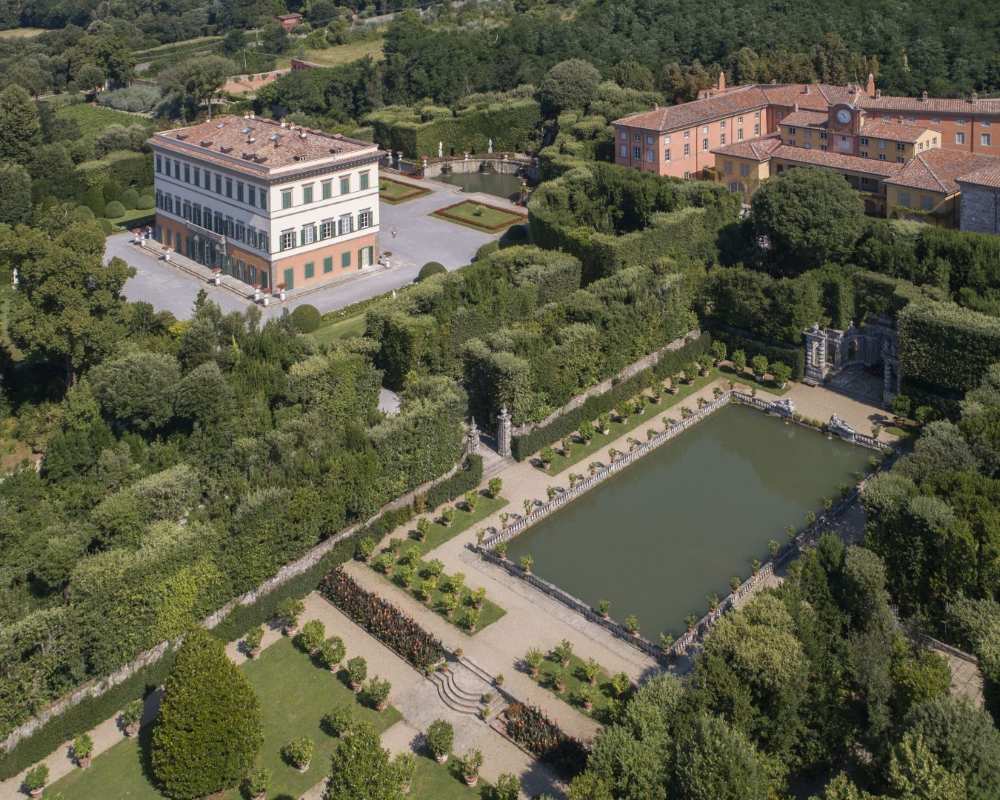
A sumptuous palace outside the Walls of Lucca, but well worth a little distance.
The restored park of Villa Reale di Marlia at the time of the principality was the seat of Elisa's court. In 1806 Elisa Baciocchi Bonaparte bought the country villa of the Orsetti in Marlia (Capannori) and had the gardens and villa transformed into her royal summer residence. A major restoration has restored the villa and park to new splendor. The blooms that follow one another throughout the beautiful season, the yellow and orange of the autumn leaves that are reflected in the lake... every moment is the best for a walk in the park's avenues. Added to this is the opportunity to visit the villa's interiors, the Palazzina dell'orologio with its large dollhouses, and the oldest Nymphaeum in Lucca.
Every year Villa Reale hosts a grand historical re-enactment of the Napoleonic era with more than 100 extras from all over the world. Flash back to 1810, when Elisa spent the summer at the villa with a group of talented guests. Water games, card games, theater rehearsals, tableaux vivantes and plenty of entertainment.

